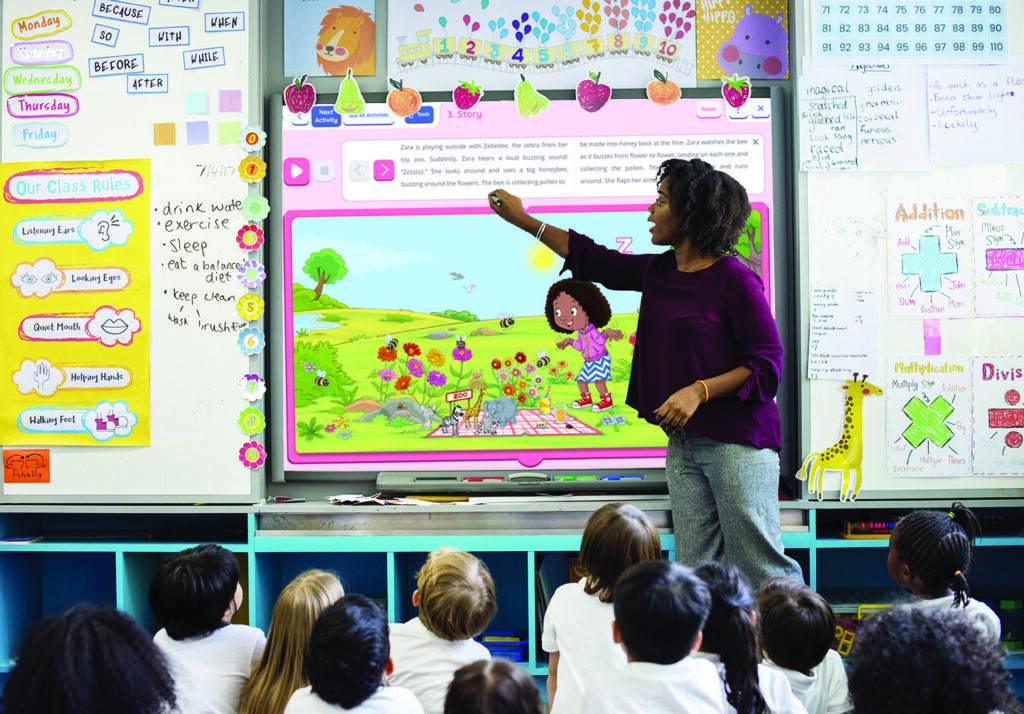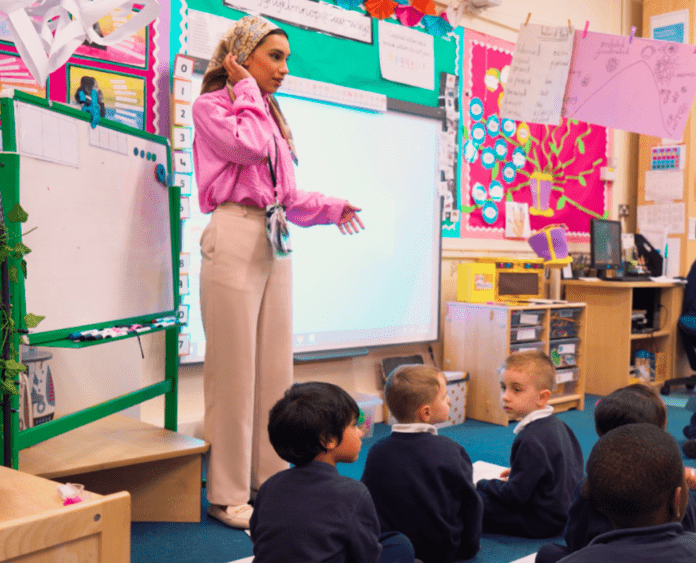Yvonne Dalorto on using digital devices for shaping individual learning in the classroom.
Digital devices can play a crucial role in supporting children with special needs, offering personalised and engaging phonics lessons, providing fingertip letter formation, activities that assist with revision of the letter sounds and shapes and supporting reading and writing. Sometimes the biggest limitation for a child occurs when only one way is offered to engage with a task that does not take into account the diversity of learning needs in the classroom. By using one-on-one devices, educators can provide tailored support, ensuring that each student’s unique needs are met. Whole-class whiteboard resources can also be migrated to tablets, fostering a more intimate learning environment that benefits those with special needs. The integration of technology in education contributes significantly to creating well-rounded, tailored learning experiences for students who need extra support and when used in conjunction with a structured and multisensory phonics programme, for example, differentiation for all students becomes possible.
Some teachers fear that a stronger reliance on digital technology reduces their critical role in the learning process. Conversely, however, it can support a highly personalised and adaptable approach to the teaching of literacy skills, such as phonics, and enhance effective learning. The teacher remains in control while at the same time providing access to fun, engaging animations to support skills such as blending and segmenting. Children can be provided with opportunities to engage in ways that are inclusive and can progress at a pace that matches their ability and needs, while participating alongside other students.

Bringing digital experiences into the learning environment offers a hands-on approach that will allow children to experience lessons and real time examples that demonstrate the learning content. Teachers will be able to embrace augmented learning, allowing children a greater understanding of the course content or specialised target areas providing a rich learning environment with more in-depth understanding that will suit the child’s needs and ability.

Adjusting a teaching plan to address children’s individual needs has continuously been a priority for teachers and schools. Therefore, it is possible that technology and AI could allow a level of differentiation that is impossible for teachers to obtain when they have to manage thirty students in each class.
Generally, children see digital devices as an essential part of their lives, for providing entertainment and communication, or for completing homework tasks or enabling speech or symbol support for reading and writing, underpinning literacy development.
Additionally, a child’s social and emotional journey is deeply embedded into the success of learning not just for school but skills for life. There have been growing concerns about the increasing number of students leaving primary schools, for example, who are not meeting the expected levels for literacy, as well as a rise in difficulties associated with speaking and listening skills. Largely, children want to be involved in their educational flight-path with their peers and providing hybrid options for curriculum delivery can be hugely empowering. As more possibilities are becoming accessible to the class teacher, choices can be made to present content in a variety of ways to address the diversity of needs in the classroom.

Yvonne Dalorto
Yvonne Dalorto is the Jolly Classroom Content Advisor at Jolly Learning.
Website: www.jollyclassroom.com
https://www.instagram.com/yvonne_dalorto/
https://www.instagram.com/jollylearning/













































